The post Frame Within a Frame Photography: A Guide appeared first on Digital Photography School. It was authored by Kevin Landwer-Johan.

Frame within a frame photography is a creative technique that works in many genres of photography. But what is it, and how can you use it for amazing photos?
In this article, we’re going to take a look at this composition “rule” – which you can apply very obviously or even very subtly in your photographs.
So if you’re ready to create some unique images…
…then let’s get started!

What is frame within a frame photography?
Frame within a frame photography is all about positioning your main subject so it’s framed by something else within the scene.
You can use anything you like for this. For instance, you might use a full rectangular frame, like a door or a window. You could even use an actual picture frame.
But frame within a frame photography is not limited to structures that completely surround your subject.
You can incorporate body parts and tree limbs as frames. Using rocks, plastic bags, or mannequins can be an effective way to add a frame within a frame. These things may occur naturally, or you can bring them in as props to include in your compositions.

Frames in front and behind
Typically, we think of a frame that surrounds a subject as being in front of it.
But it doesn’t need to be.
Because you can often effectively frame your subject with something that’s behind them.
Here are three examples to illustrate what I mean:

In this first photo of the welder (above), I’ve used a hole cut in the steel to encircle the worker. There are also more holes in the panels behind him, though it’s the front hole that acts as the main frame.

In this second shot, however, while the gate pillars do frame the young monks, the contrast of the shadow on the wall also helps to frame the main subject.

Here’s a third example where I have used frames both in front of and behind my subject. By lining up the front and rear windows in the train carriage, I have managed to carefully frame the young woman.
Depth in frame within a frame photography
The woman on the train (above) is also an example of how using frames within a frame can help create an enhanced sense of depth in your compositions.
This becomes even more exaggerated when you use a shallow depth of field. Blurring the frame shows that the frame and the subject are at different distances from the camera (and it also helps draw the viewer’s eye to your subject!).
For instance, look at the photo below. The white pillars on either side of the dancer and the circular shape behind her head frame her well. And the shallow depth of field helps create actual depth in the image.

Note, however, that you can use frame within a frame photography in circumstances where you convey no sense of depth.

Take a look at the photo above. Are the people walking in front of or behind the large palm trees? The trees create a nice frame, but because the key elements are silhouetted, there’s no visual information to reference depth.
Composing with existing and created frames
Some frames are more obvious than others. Unfortunately, more obvious frames tend to be a bit too common in photographic compositions – to the point that they become clichéd.
So instead of using obvious frames, access your imagination. Look for unusual elements you can incorporate into your compositions. These can sometimes create interesting frames around your subjects.
Frames don’t have to be physical; you can always use light and shadow as a frame. Look for areas of contrast that surround what you’re focusing on. Carefully position yourself and your subject to maximize the effect.
Out-of-focus elements can also be used to create frames. When you have an object in the foreground that doesn’t form a complete frame around your subject, simply choose a wide aperture setting and make sure the foreground object is close enough to your camera. You’ll get a rather abstract form that can frame the subject and help lead the viewer’s eye into your picture.
Take a look at the image below. Do you see how the blurred vegetation creates a frame around my subject?

Making use of what’s around you to create a frame can be very effective. Here, I have used the model herself to make a frame within a frame:

Look for frames and you’ll find them
Practice looking for frames, and you’ll begin to see them everywhere. Study the work of other photographers and see how they work with frames. Do a quick image search online for examples, and you’ll soon see how imaginative some photographers are with frames!
Then go out with a camera. Like anything, the more you do frame within a frame photography, the easier it becomes. Set yourself the task of creating a frame within a frame every time you head out to shoot.
That way, you’ll begin to train yourself to see situations where you can incorporate this compositional technique into your work.
Frame within a frame photography: Final words
Frame within a frame compositions are a great way to focus the viewer’s eye on your subject – and a great way to add depth to your photos.
So make sure you get out and practice! As I explained, the more you practice, the sooner you’ll be creating stunning frame within a frame photos.
Now over to you:
Have you ever tried frame within a frame photography? Do you have any framing tips? What are your favorite frames? Share your thoughts in the comments below!
The post Frame Within a Frame Photography: A Guide appeared first on Digital Photography School. It was authored by Kevin Landwer-Johan.














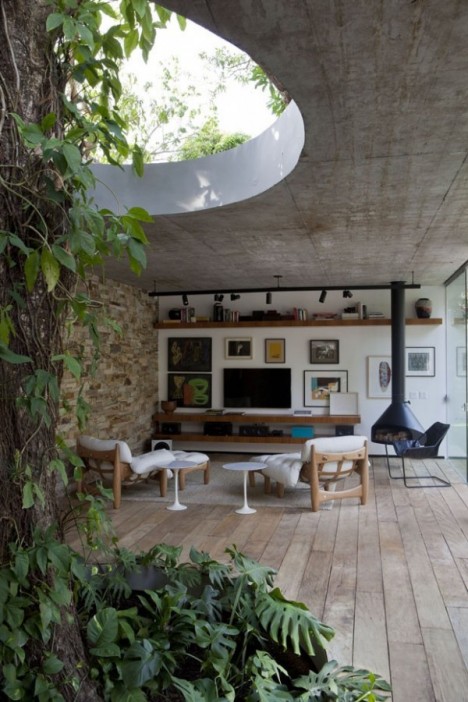




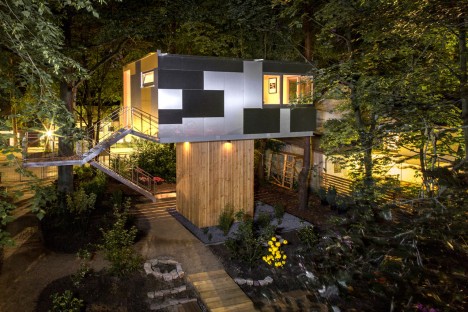












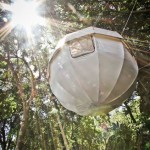
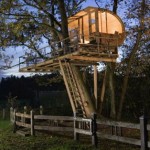





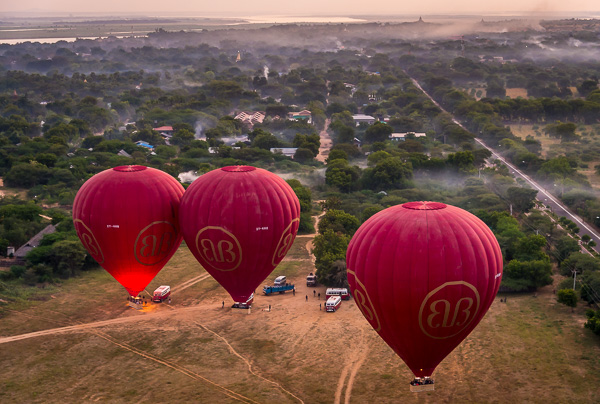


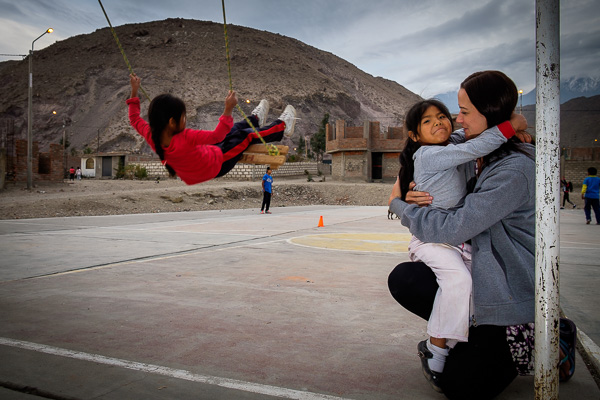


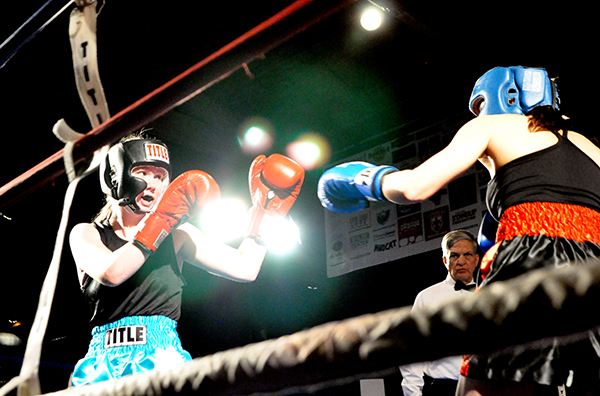

You must be logged in to post a comment.